- Savage Blog
- Taking a Deep Dive on Barrel Contours
Taking a Deep Dive on Barrel Contours
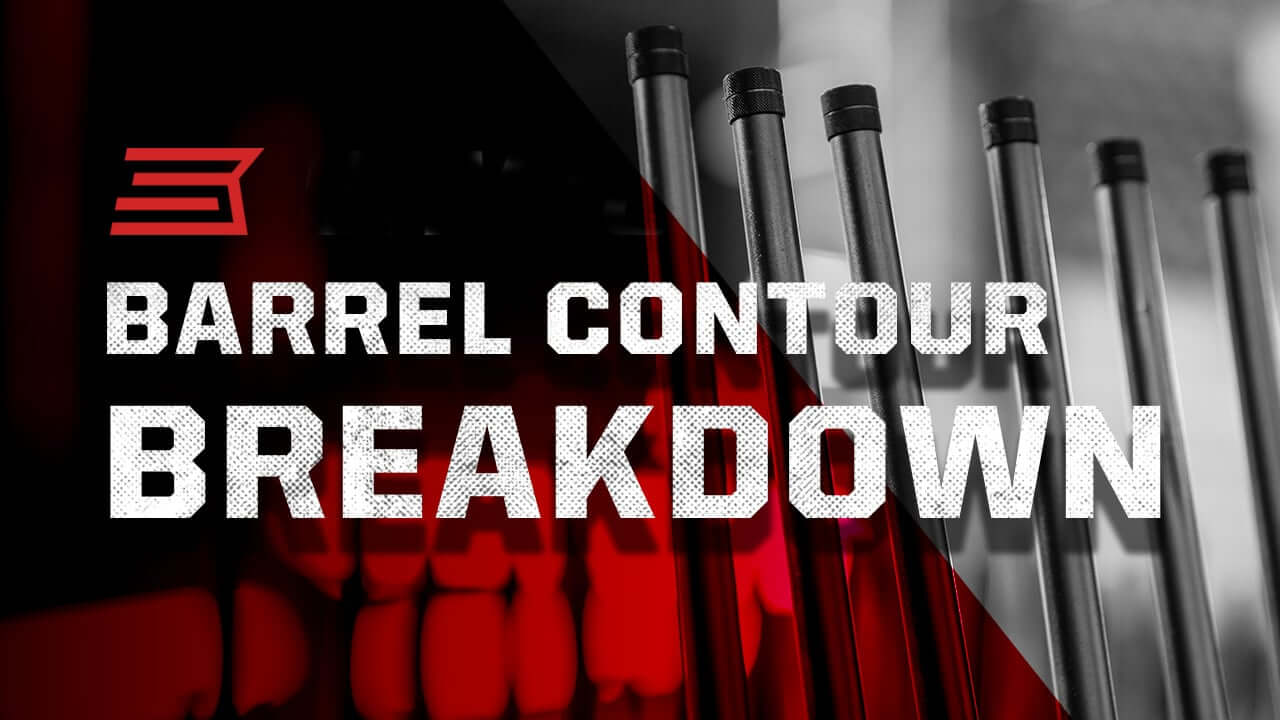
When selecting a rifle, most shooters focus on caliber, optics, or stock design. But another critical element to factor in is the shape and thickness of the barrel—known as the barrel contour. Barrel contours don’t just influence how a rifle looks, but also how it handles, balances, and performs under different conditions.
Understanding barrel contours is essential for anyone looking to optimize their rifle, whether for hunting, competitive shooting, or general range work. Let’s explore what barrel contours are, commonly used barrel contours, advantages and drawbacks of different contours, and break down the best options for various shooting applications.
What is a Barrel Contour?
Barrel contour refers to the external profile of the barrel, particularly its thickness and taper. Some barrels are slim and lightweight, while others are thick and heavy. The contour determines how the barrel tapers from the chamber end to the muzzle, and can ultimately affect the look and performance of a rifle.
Key Aspects of Barrel Contours:
Profile – The shape of the barrel as it tapers. Some barrel contours have a “slim” or “narrow” profile by tapering sharply from the chamber to the muzzle.
Thickness – Affects rigidity, heat resistance, and overall weight. The thickness of a barrel can have a substantial impact on the performance and handling of a rifle.
Tapering – Gradual narrowing can reduce weight while maintaining strength at the chamber. The taper is what ultimately differentiates contours from each other.
Why Barrel Contours Matter
The design of a barrel and its contour impacts several performance factors that ultimately impact accuracy, including:
Heat Management – The thickness and taper of a barrel greatly impact how well it resists and dissipates heat. Heat resistance generally matters more to shooters who are firing a higher volume of rounds, such as competitive shooters.
Weight – Weight is one of the primary concerns when it comes to barrel contours. Thicker barrels have more material, making a rifle heavier. Lighter-weight rifles tend to have slimmer profiles, making them easier to carry but more sensitive to recoil.
Handling – Barrel profile changes how a rifle balances in the hands. Heavier profile barrels may tend to be more muzzle heavy, while slimmer barrels can be easier to wield and aim. However, heavier profile barrels add weight to a rifle and make it more enjoyable to shoot. Slimmer profile barrels shave weight, but can increase the felt recoil of a rifle and make it less comfortable to shoot.
Shooters will value these factors differently. A backcountry hunter may prefer a light contour to save weight, while a benchrest competitor might favor a heavy barrel for maximum precision.
Pros and Cons of Commonly Used Barrel Contours
There are several standardized barrel contours commonly found across the firearms industry. Each serves a unique purpose, balancing weight, rigidity, and heat management, with advantages and drawbacks to each.
Sporter Contour
Sporter barrels are one of the most common profiles found on rifles today, and have been a staple in rifles for decades. They’re most often found on hunting rifles due to their lighter weight, allowing them to be easily carried afield.
Pros
A slimmer profile helps to save weight and make a rifle easier to carry.
More balanced and easier to aim quickly when needed.
Cons
Build heat faster when shooting rapidly, which can lead to reduced accuracy.
Can be difficult to thread due to a lack of material and a thinner profile at the muzzle.
The lighter weight of a sporter barrel can make the rifle more difficult to shoot due to more felt recoil.
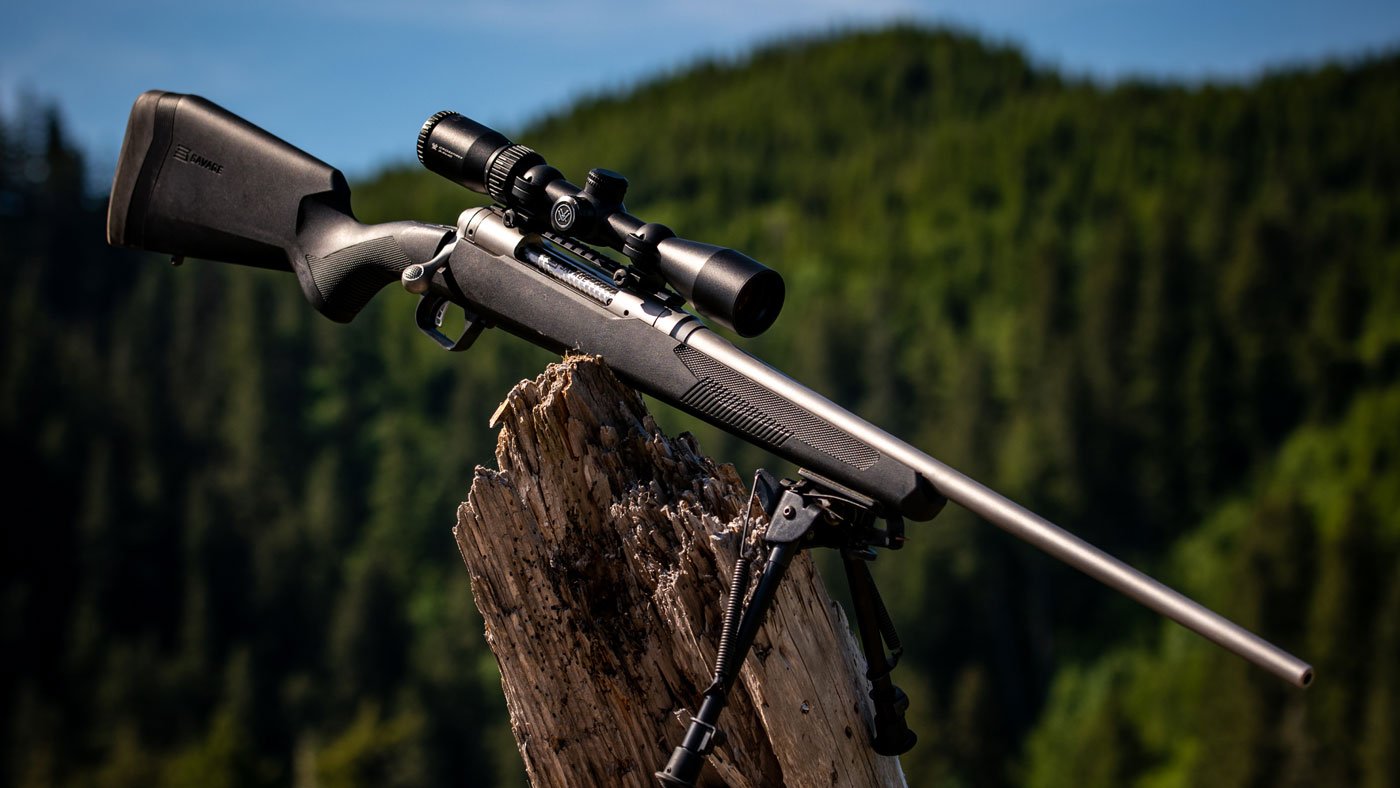
Heavy Contour
Heavy contour barrels have a thicker profile with a less pronounced taper from chamber to muzzle. They can be found across a range of different rifles, from target shooting rifles to hunting rifles.
Pros
Can be threaded for attaching a suppressor or muzzle brake.
Resist heat buildup better than a sporter profile barrel.
Cons
Heavier contour will add weight when compared to slimmer profile barrels.
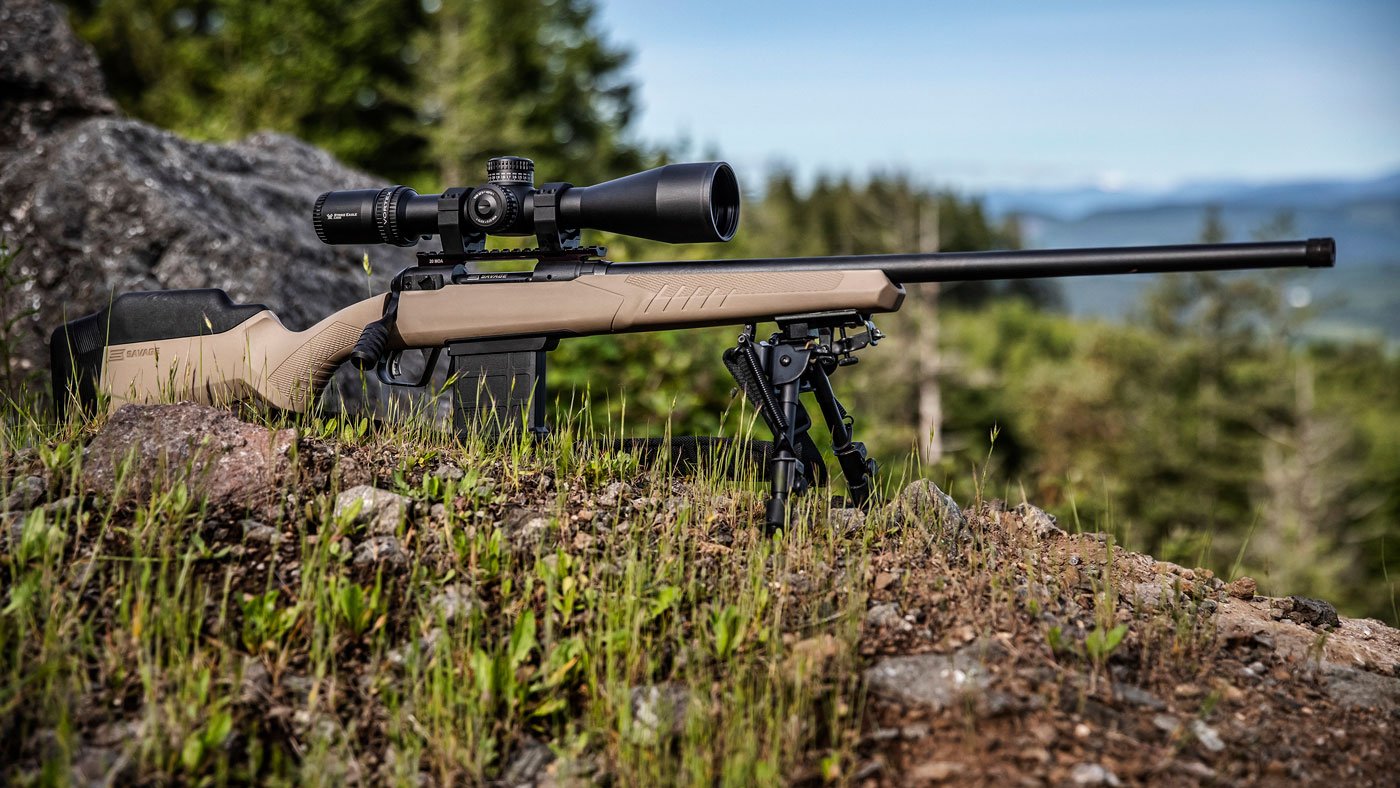
Varmint Contour
The varmint contour features a medium-to-heavy profile between a heavy barrel and a sporter profile. They are often found on rifles that are designed for predator and varmint hunting, with a good balance of weight for mobility and thickness for prolonged shooting.
Pros
Medium profile provides for a light enough weight to easily stay mobile, while still being able to thread the barrel for muzzle attachments.
Has decent heat resistance for improved accuracy when shooting in rapid succession.
Cons
Not as heat-resistant as heavier bull barrels.
May require using a tripod or bipod for more stability in the field, especially for longer sits.
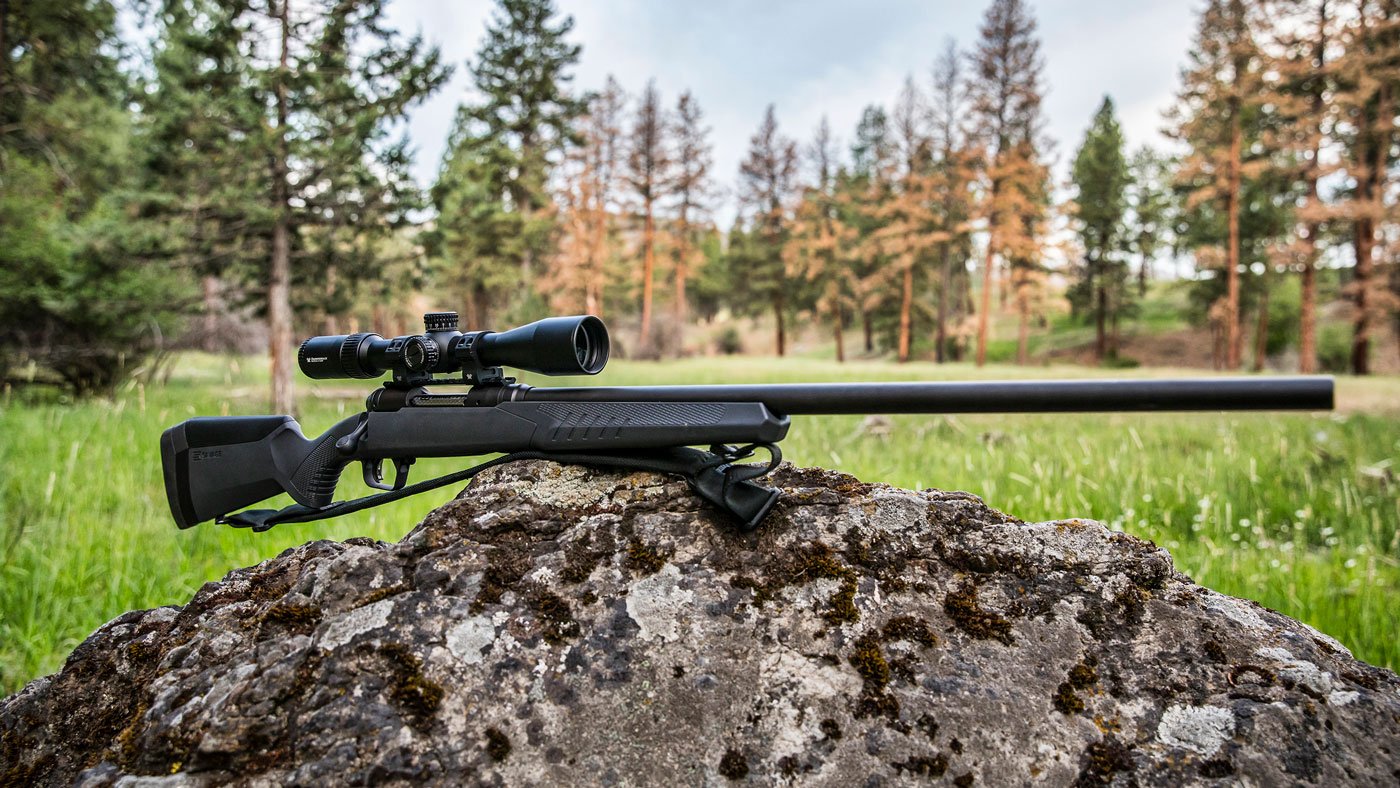
Bull Barrel
Bull barrels have an extremely thick profile with little to no taper from the chamber to the muzzle. These barrels are most often found on target and long-range precision rifles.
Pros
Provide excellent stability and heat resistance, making them ideal for competitive shooting environments.
Added weight can help reduce felt recoil for the shooter.
Cons
Require a bench rest or supported shooting platform due to the heavy weight added to the rifle.
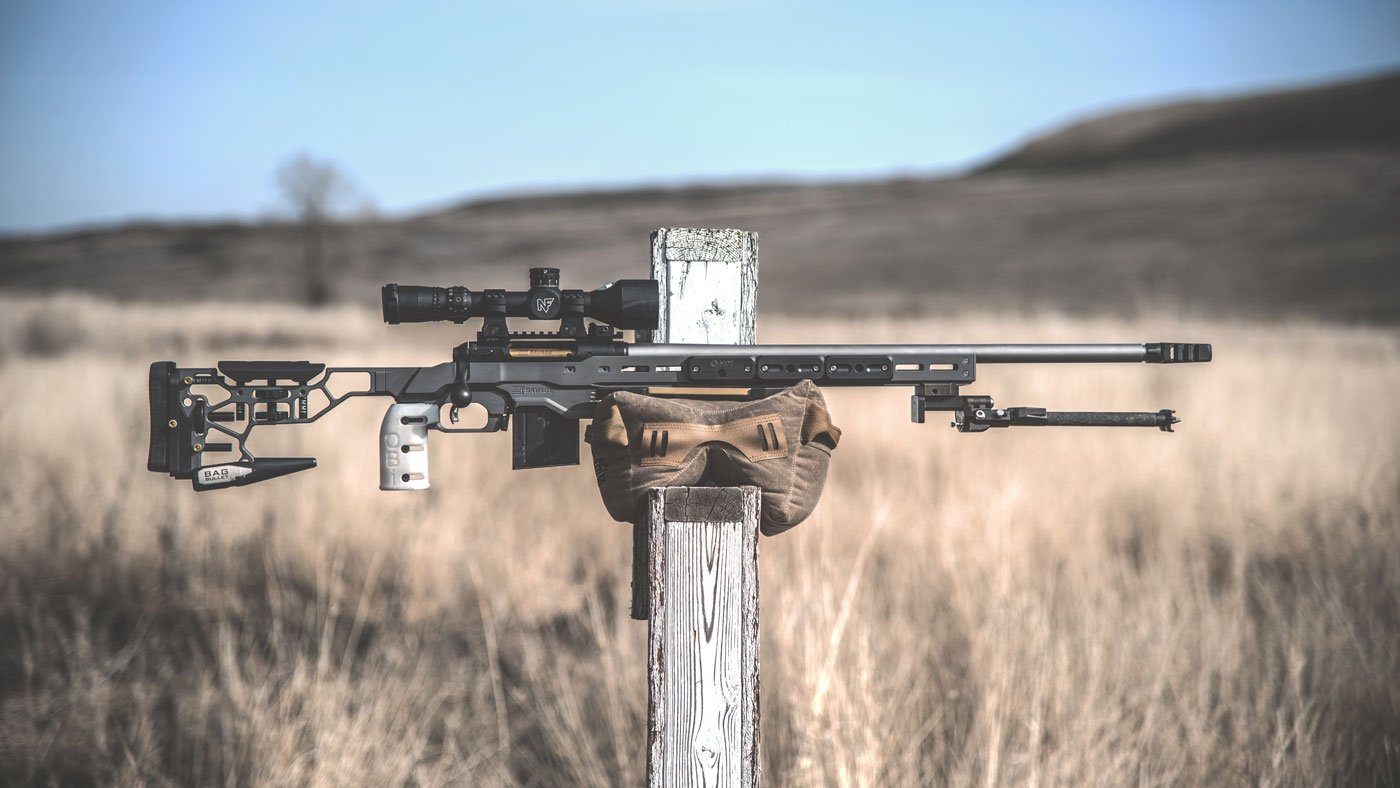
All of these barrel contours, and more, are utilized on Savage rifles to match the right contour for the right application. Rifles like the Axis and Model 334, traditionally used for hunting, feature a sporter contour to maximize weight reduction for hunters. Rifles with threaded barrels, like the Axis 2 Pro or 110 Trail Hunter, feature a heavy sporter or medium profile that allows them to be threaded, but maintain a lighter weight.
Competition and target rifles, such as the 110 Elite Precision, feature heavier profile barrels with contours such as the Modified Palma contour and Heavy Magnum contour to help resist heat, increase stability, and reduce the recoil impulse for improved accuracy.
Best Scenarios for Different Barrel Contours
Different shooting applications demand different priorities. Let’s break down the best barrel contours for common scenarios.
Hunting Rifles
Hunters often cover long distances, so the rifle’s weight becomes a primary concern for picking the right contour.
Best for Weight Reduction: Sporter contours shine here, offering lightweight handling that makes rifles easier to carry all day long.
Best for Threading: A medium contour is a good compromise, retaining enough muzzle thickness for threading while staying relatively light and controllable.
Best for Shooting: A medium or varmint contour barrel will not only shoot lights out, but will be comfortable and balanced to shoot with less felt recoil than a rifle with a sporter barrel.
Improvements to look for: Fluting can help reduce weight while maintaining a thicker profile, and modern innovations like carbon fiber-wrapped barrels help reduce weight further.
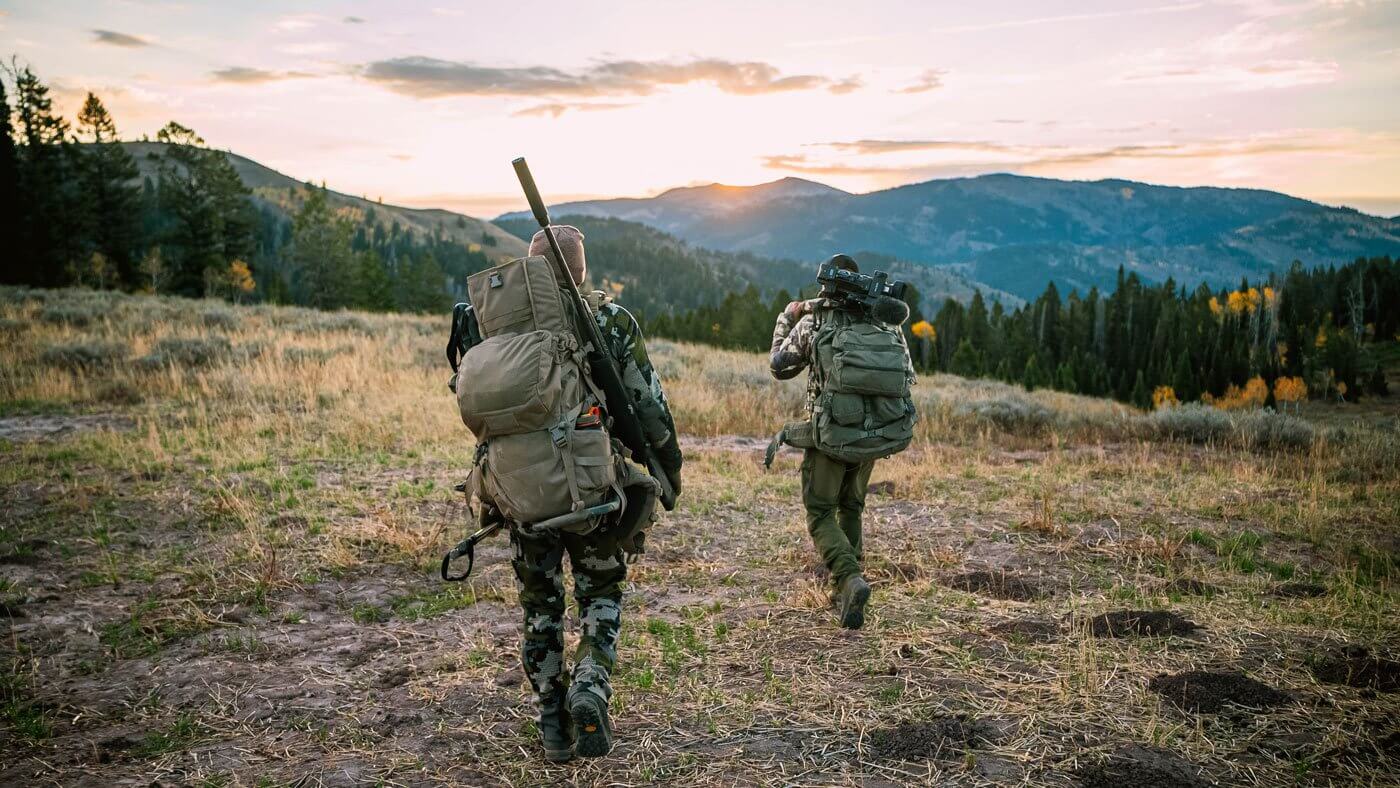
Competition Shooting
Competitive shooters prioritize pinpoint accuracy and heat resistance over weight since they are shooting from stationary positions.
Best for Heat Reduction: Heavy contours like bull barrels and Palma contour barrels prevent barrel warping during extended shot strings.
Best for Stability: Thicker barrels provide added weight and reduced felt recoil, providing for more repeatable accuracy.
Improvements for Competitors: Adding a muzzle brake or suppressor can further enhance consistency and reduce recoil. Many competition profile barrels come threaded to allow for the addition of muzzle devices.
In shooting sports series like PRS, shooters can face a mix of stationary shooting positions while moving from target to target. Rather than going for a heavy bull barrel profile, some may choose to use a medium-heavy contour that provides a balance between accuracy and maneuverability.
Choosing the right barrel contour is about more than looks—it’s about performance. A lightweight contour may be ideal for the hunter trekking miles through rough terrain, while a heavy bull barrel could be the perfect fit for a competitor chasing the smallest possible groups.
By understanding how barrel contours influence accuracy, heat management, weight, and handling, you can select the profile that best matches your needs. Whether you want to shave ounces for a mountain hunt or maximize stability at the shooting bench, the right barrel contour makes all the difference.

